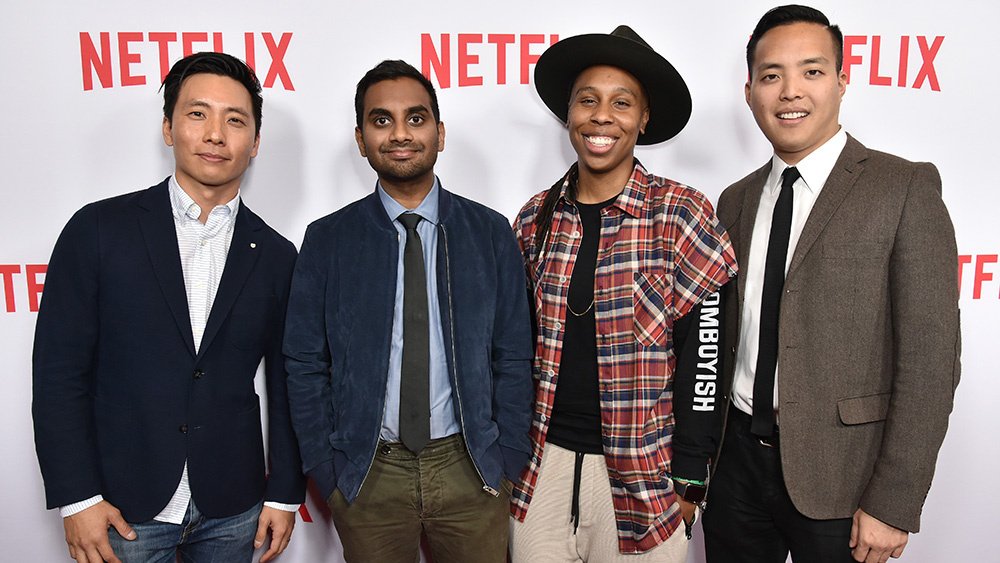Stereotypes In Master Of None - apologise
Introduction pp. Reverend Seiichi Michael Ya su take — was an Episcopal minister whose politics changed with the Shortly after they returned home, the doorbell rang. Instead, standing before her were four dour-looking men in suits, who asked to speak with Jack Yasutake. One day while replacing her old drapes, she suddenly had an acute respiratory attack, the result of inhaling fiberglass.Consider: Stereotypes In Master Of None
| Stereotypes In Master Of None | Apr 08, · Whether he is the most successful star may be a debate, but he is certainly not a Stereotype. This brings me to an interesting question – Is it good or bad to be a stereotype . 1 day ago · The showrunner also explains what the Peacock comedy means to her as a Native person who makes media. From co-creators and executive producers Mike Schur, Ed . 2 days ago · Kumail Nanjiani’s and Aziz Ansari’s latest works Big Sick and Master Of None respectively are hugely entertaining. However, they’ve also managed to successfully veer of the traditional. |
| CHOLECYSTITIS CASE STUDY | 565 |
| CASE STUDY: HOSPITAL AVOIDATION | What Are The Psychological Effects Of The Stanford Prison |
| The American Dream In A Raisin In The Sun | Essay On Overpopulation In Mexico |
![[BKEYWORD-0-3] Stereotypes In Master Of None](https://publicistpaper.com/wp-content/uploads/2021/01/master-of-none.jpg)
Stereotypes In Master Of None Video
Stereotypes In Master Of None.This new season is a modern love story that intimately illustrates the ups and downs of marriage, struggles with fertility, and personal growth both together and apart.
Analysis Of Master Of None
Fleeting romantic highs meet crushing personal losses while existential questions of love and living are raised. Season 3 delivers an evolution of the series that remains tethered to previous seasons while breaking new storytelling ground of its own.

Watch Steerotypes below! According to the Chicago Tribune, Black women are almost twice as likely to experience infertility than white women, studies suggestbut they seek medical help for it half as much. About 15 percent of white women between 25 and 44 seek infertility treatment, compared with 8 percent of black women.

A University of Michigan study focusing on black women and infertility found that nearly all of the women dealt with their infertility in silence. Although a completely incorrect assumption, this brings on stigma to infertile women.]

Trifles!
I am final, I am sorry, I too would like to express the opinion.
Absolutely with you it agree. It seems to me it is excellent idea. I agree with you.